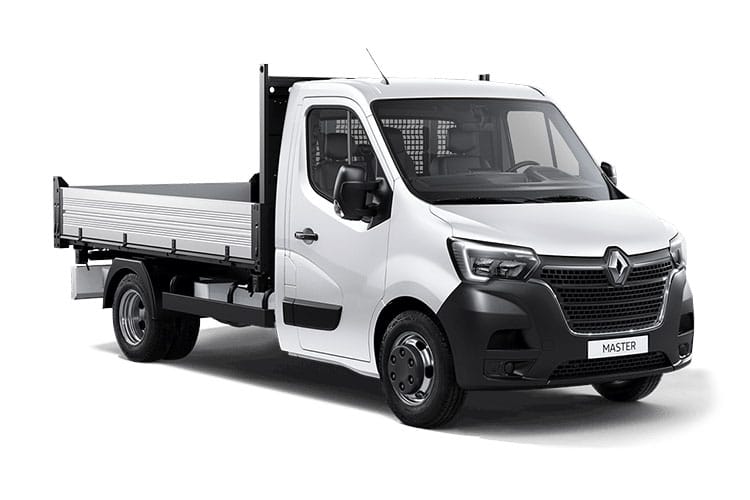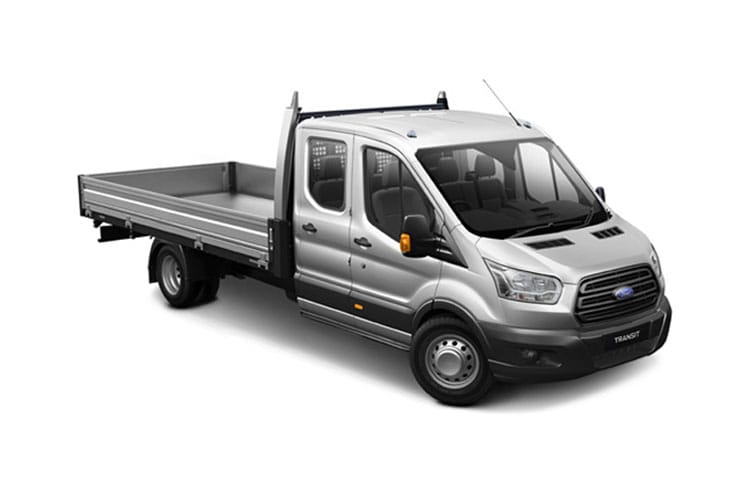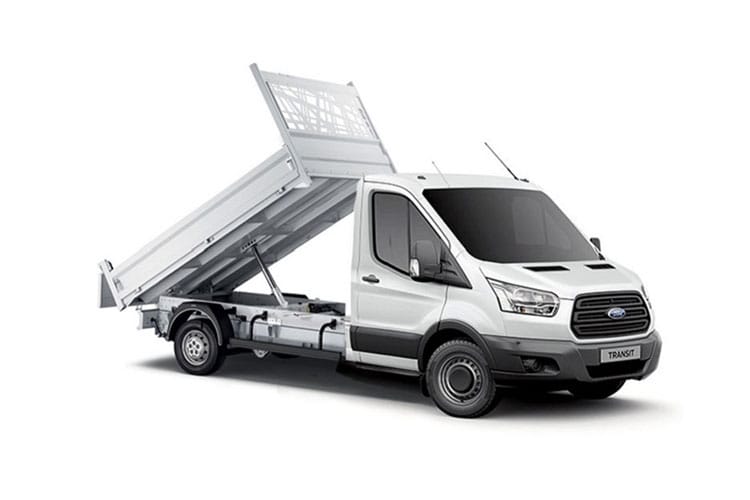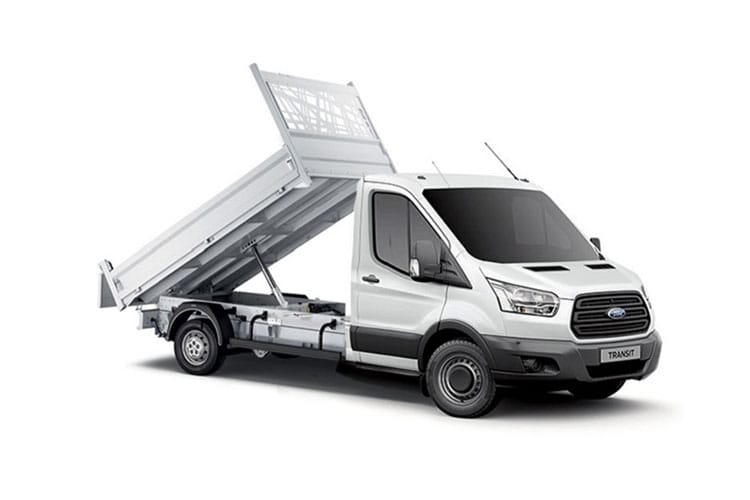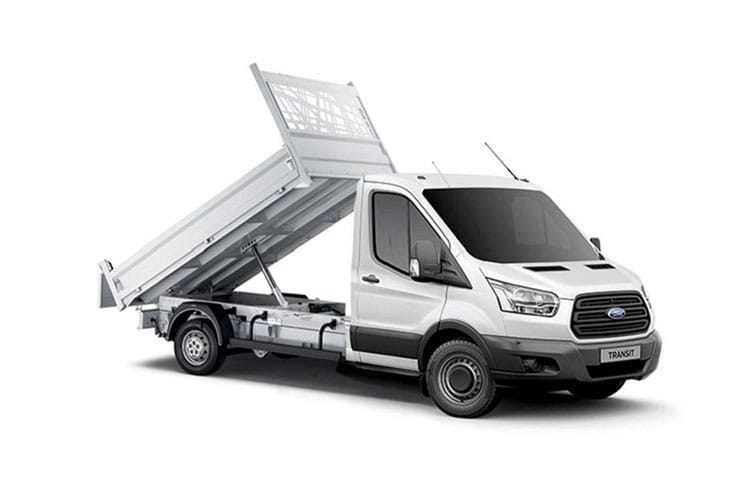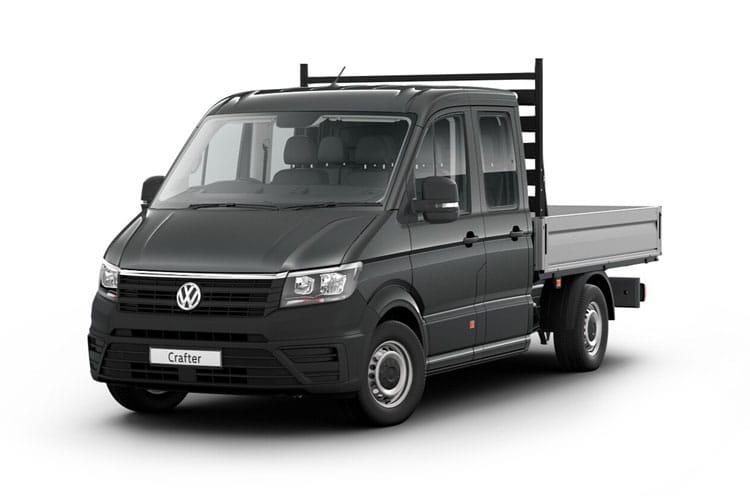




Tipper leasing explained
A Tipper van is a specialist vehicle that is particularly popular within the building and landscaping industries. The clue is in the name, with the van being a modification on a standard chassis cab van with a tipping flatbed at the rear. The load is transported on a flat bed at the back, which is open and has low sides plus a hinged tailgate.
The tipping action itself will depend on the model you choose and should be a key consideration when selecting a tipper van. The lowest-cost tipper options are likely to only tip backwards, but that’s just one type – there are also three-way tippers, which allow tipping to either side as well to the rear.
Typically, tippers are used for carrying bulk materials like crushed rock and soil to and from construction sites, so when it comes to either clearing away materials or delivering them to construction sites, the volume and weight of the materials being transported should be considered. The good news is, tippers are available in a range of capacities, and can move a variety of loads no matter the scale of the project.
The type of load you will be carrying will help you decide on the type of tipper you need to suit your business. A tipper with an all-steel construction is best suited to heavy demolition style activities, but if it’s for lighter works such as gardening, a resin-bonded tipper floor and aluminium for the drop sides might be best.
The most popular manufacturers of tipper vehicles are:
- Ford Transit
- Volkswagen
- Nissan
- Renault
- Fiat



